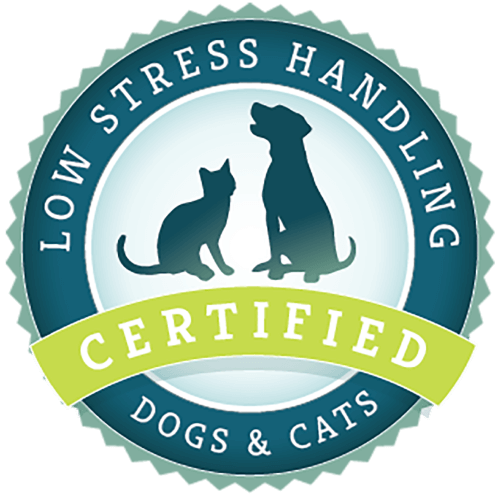What article are you looking for?
Category: I am a Pet Owner
Loose Leash Walking
If you decide that basic loose leash walking is more your speed than heeling, that is okay. Dogs that respond to their owner’s simple request on a walk are just as well behaved. The less often you go for walks, the more novel and exciting it will be when they get the opportunity to explore. Try to understand their excitement. Be sure to make the walk equally as enjoyable for them as it is for you. Be kind and fair in your training methods, and always make time for a few good smells.
Training Your Cat to Use the Carrier
Cats learn by association, so the sudden appearance of the carrier tends to signal that something scary is happening. Training cats to love their carriers is beneficial for many reasons. The key is to build and maintain a positive association with the carrier to make your cat’s visit to the veterinarian as low stress as possible.
Training Series: Teaching Eye Contact to a Dog
Eye Contact Photo courtesy of Pat Koven, LVT, KPA-CTP. Eye contact teaches your pet to focus attention on you and check in with you regularly. By reinforcing this behavior, you are making yourself more exciting than the environment around you. A strong Look on cue is useful: to call your dog to you in a dog park Read More
Boom, Bang, and Clang: Storm and Other Noise Phobias
Storm phobia, or fear of storms, is a common behavior in dogs. Many dogs are terrified of the noise and react by hiding, pacing, panting, trembling, peeing, pooping, drooling, and destroying things. Some dogs even take it to the extreme of hurting themselves by jumping through windows and doors. These behaviors can appear during a Read More
Leash Reactivity in Dogs
Reactivity is a dog’s response to something in their environment which is triggered by anxiety, fear, or frustration. As much as reactivity can occur in different environments, it is commonly observed when a dog is restricted to being on leash. There is no quick fix when it comes to reducing leash reactivity. Have patience for your dog and the learning process.
Low Stress Toothbrushing
Photo courtesy of Sherrie Yuschak, RVT, VTS (Behavior), KPA-CTP Dental disease is painful and most pets over the age of three suffer from gum disease. Recommended by veterinarians, daily toothbrushing is one of the best ways to slow the progression of dental disease, lengthen the time between professional cleanings, and has many other benefits to Read More

Low Stress Handling® Silver-Level Certification
Individual Certification at this level demonstrates to clients and employers the individual’s dedicated interest in Low Stress Handling®. Hospital Certification at this level demonstrates to clients and staff the hospital’s commitment to appropriately training staff in Low Stress Handling® methods.
Learn More
